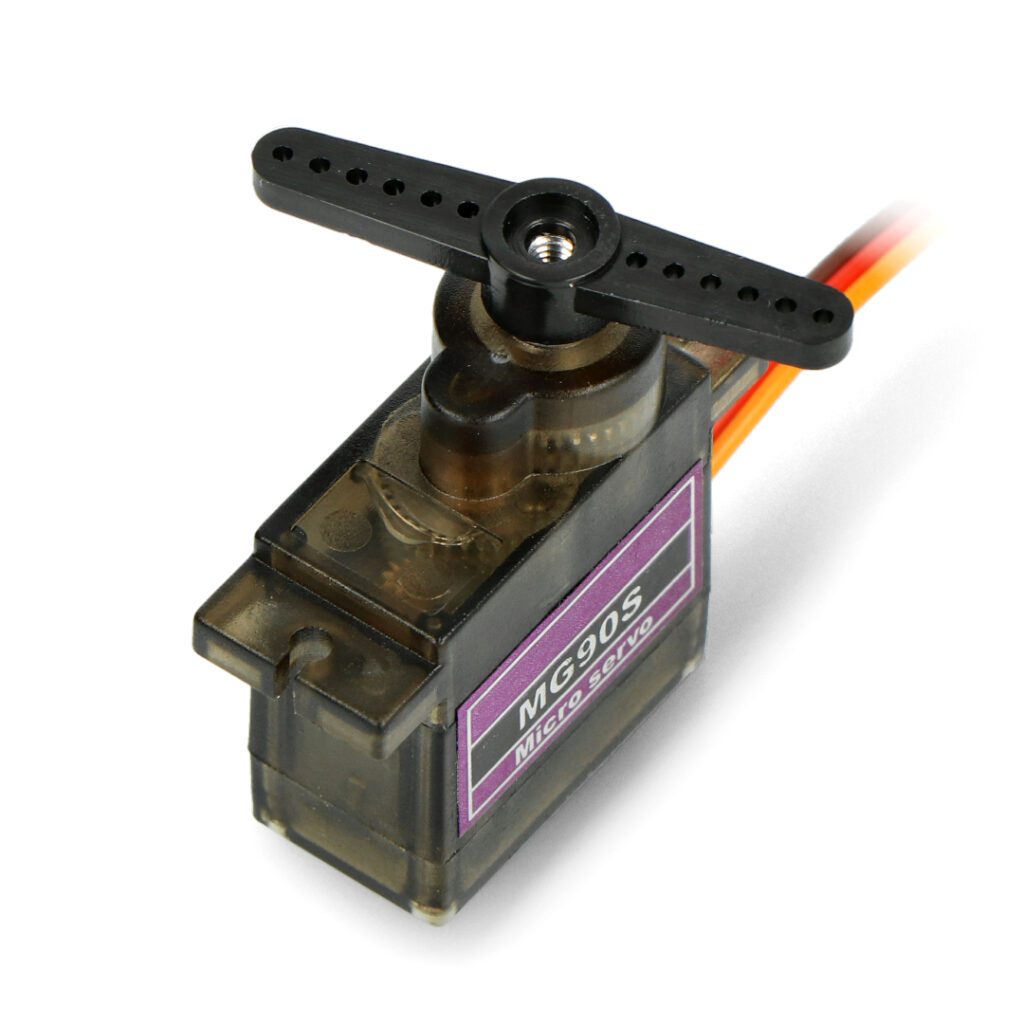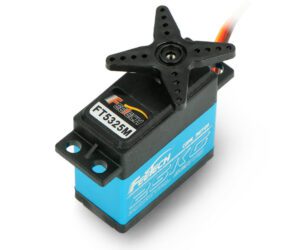Table of Contents:
In the world of technology, where precision and control are crucial, a device such as a servo (model servo) plays an irreplaceable role. Although it may seem small and often invisible, its impact on the functioning of various systems is enormous. It is responsible for the precise execution of commands in many devices in the world of modeling, electronics, robotics or automation. We take a closer look at it, discovering its structure, principle of operation and various applications. Check out what characterizes a modeling servo.
What is a modeling servo?
A modeling servo is a special type of servo dedicated to modeling applications, especially in remote-controlled vehicles, aircraft, or boats. They are characterized by their compact size, light weight, and ability to precisely control the movement of a narrow range of rotation, which is crucial in modeling, where control precision is extremely important. We can divide servos into 3 basic types:
These devices are used in various elements of models, such as controlling direction, wings, or other moving parts, allowing modelers to have full control over the behavior of their remote-controlled structures. Thanks to their reliability and precision, model servos are a key component in this industry, contributing to advanced projects.
How is a modeling servo built?
A servo is an intricately constructed device made up of several key components that work together to enable precise motion control. Its heart is the motor, providing the drive for the servo axis. The gearbox, a jigsaw of gears, in turn, is designed to reduce the speed of the motor to a level that is just right for the servo axis. It is thanks to this precise speed reduction that, despite the fast rotation of the motor, the servo axis moves more slowly, but with high torque.
Inside the model servo there is also a potentiometer, which acts as a kind of motion detector. It is a kind of sensor, monitoring the current position of the servo axis. With its help, the control system is able to track exactly where the axis is at any given time. All these elements are hidden in a robust housing, acting as a protection against mechanical damage or dust, which is particularly important in the modeling environment.
How can a modeling servo be used?
Servos, thanks to their precision and versatility, are used in various areas, especially in remote-control modeling and electronic projects. Here are some specific applications for these devices:
1. Control of RC models
Servos are commonly used in remote-controlled models such as cars, airplanes, boats and helicopters. They control moving parts, such as wings, steering wheel, stabilizers or grips, allowing precise control of the movement of a given model.
2. Robotics
In hobby robot designs, servos are used to control the movements of various components, such as limbs, heads or manipulators. With servos, robots can perform a variety of tasks, from simple movements to complex sequences.
3. Modeling projects
Servos have also found application in modeling projects, where they are used to control, among other things, opening castles, moving figures or interactive scenery elements.
4. Industrial automation
In some cases, especially in smaller applications, servos can be used in simple industrial automation systems where precise motion control is crucial.
5. Educational projects
Servos are an excellent tool for learning the basics of robotics, automation and electronics. Finding uses for servos in simple educational projects can inspire further exploration of these devices.
How to choose the right modeling servo?
When buying a servo, there are several key factors to consider. First, pay attention to the torque, which determines the force a model can generate. For applications such as robotics, the size and weight of the model servo are also important to match the specific requirements of the design. Another important aspect is the speed of response and the range of rotation, which should be in line with the needs of the project.
How useful was this post?
Click on a star to rate it!
Average rating 5 / 5. Vote count: 1
No votes so far! Be the first to rate this post.





















